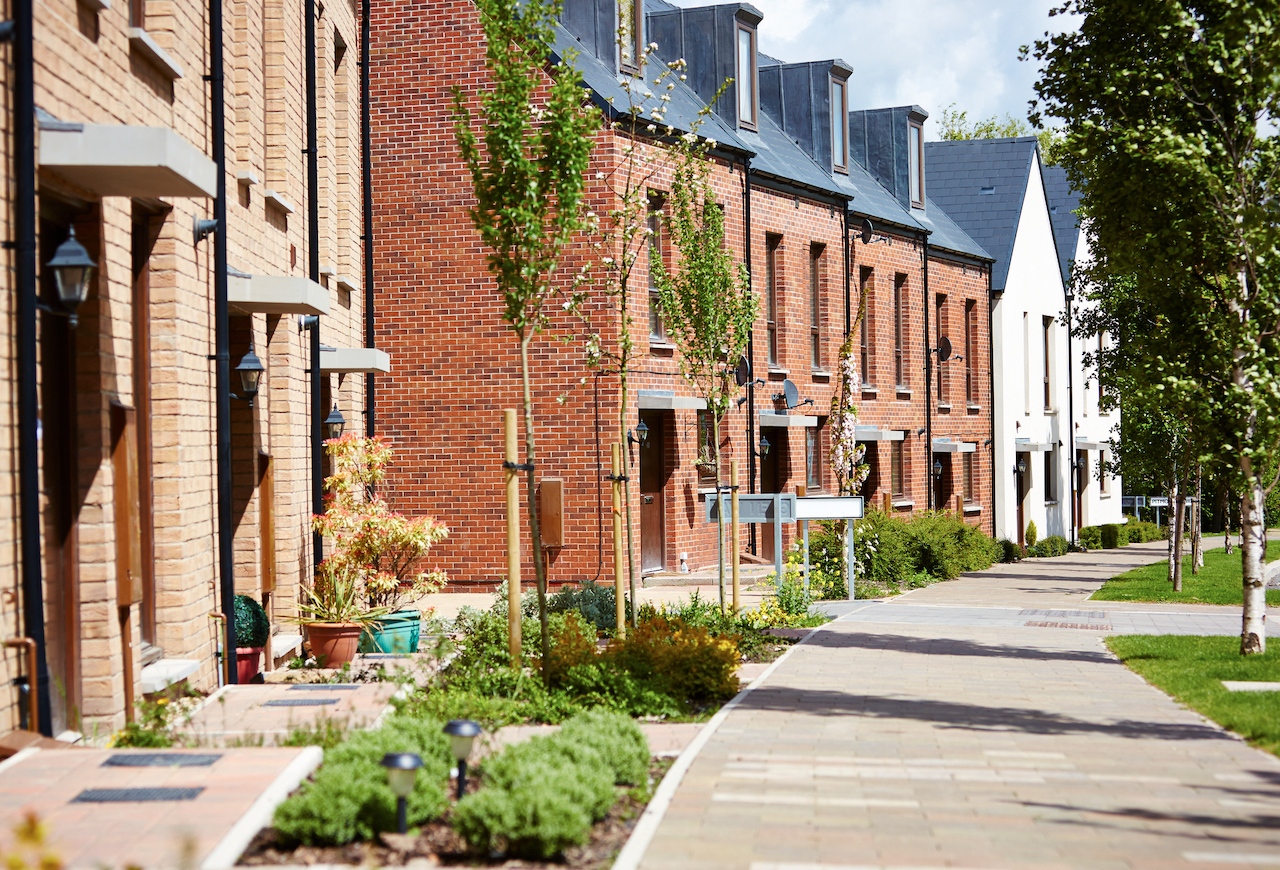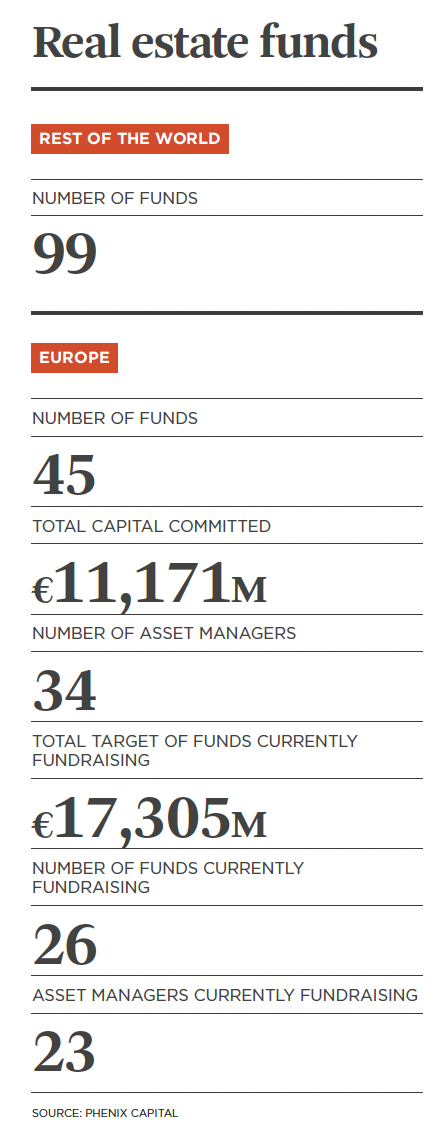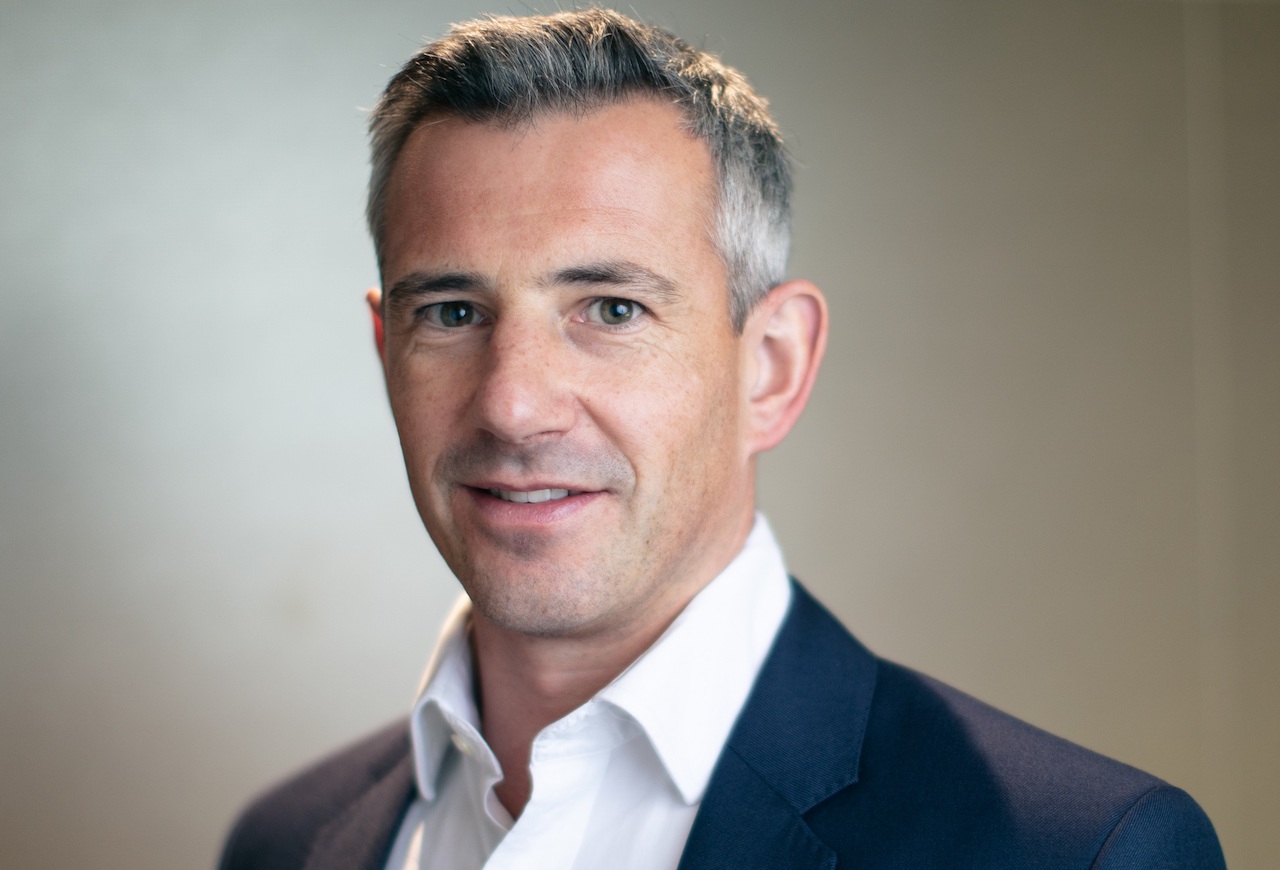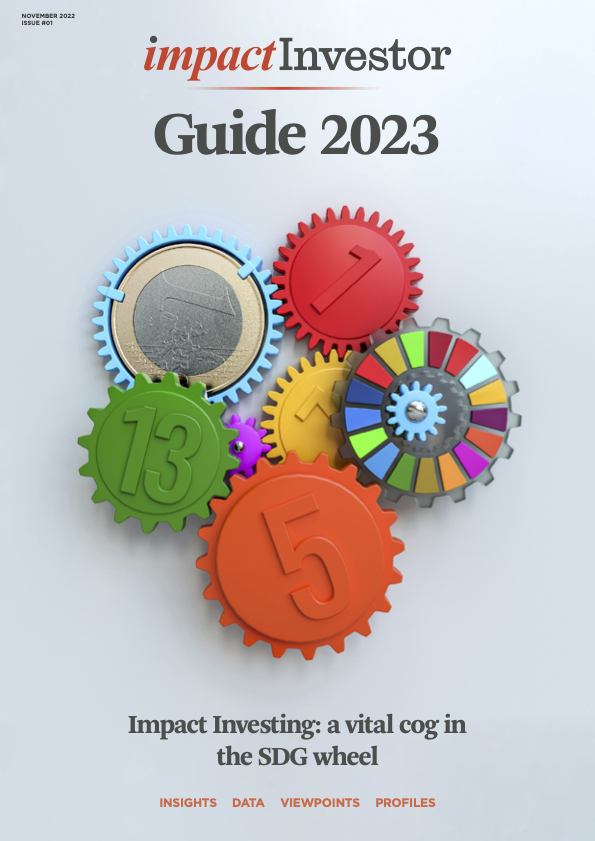Soaring interest rates and the energy crisis are major challenges for real estate investors. From affordable housing to low-carbon logistics, how are impact investors navigating the current turmoil?


As central banks across the globe are struggling to contain inflation, bond yields are being forced upwards.
In the last year, ten year government bond yields, have risen by some 2.42% in the US, by 2.48% in Germany, 2.73% in France and 2.91% in the UK. In Italy they’re up by 3.84%.
In May 2022, the European Central Bank issued a warning: “An abrupt increase in real interest rates could induce house price corrections. It predicted home prices could fall by between 0.83% and 1.17% for every 10-basis-point increase in mortgage rates after adjusting for inflation.
Since then, mortgage rates have soared, reaching a seven year high across the Eurozone. The UK situation has been even worse. Amidst political turmoil the average two and five-year fixed mortgage rates rose above 6%.
This is an extremely unsettling time for impact investors who are focused on real estate. We spoke to some of them to establish what strategies they are using to cope.
Housing solutions challenged
Daniel Brewer, CEO of Resonance, an impact investor with a particular focus on housing, is now managing some £300m (€349m) of investor capital and has just bought his thousandth property. Across all its funds Resonance has housed over 3000 individuals.
“The current turmoil in the UK has resulted in a very “interesting” real estate market at present. I think we have no alternative but to hold back and see what happens. We are uncertain where interest rates will settle – all we can do is try to cope with managing the pace of the change in the market and what it does to asset prices.”

Similar challenges faces Keith Breslauer, managing partner at Patron Capital, one of Europe’s biggest office investors and an impact investor with its Women in Safe Homes Fund (WISH) which provides secure homes for women at risk.
Breslauer says: “We have been continuing to deploy the capital we raised in an environment which has been increasingly less helpful. We are now not exactly pressing the pause button, but we do want to make sure everything works before we go further.”
“The cost-of-living crisis and most particularly the energy crisis is disrupting what we’re trying to do, because most of the women we’re dealing with are below average in the socio-economic scale and therefore are severely impacted by rising energy prices. In addition, rising mortgage costs will cause fur-ther disruption in the market.”
Energy crisis
The energy crisis is certainly an added difficulty, but fortunately impact funds are better positioned. Henry Pepper, partner at Bridges Fund Management (Bridges) where affordable housing is a theme, says “because of our focus on sustainability, you could say our portfolio of assets is inherently future-proofed. This focus will also mitigate the effect of energy crises like the current one. The vast majority of our new developments incorporate on-site renewable energy generation. This will shield us from the kind of price fluctuations in the energy market that we’re seeing at the moment”.
Likewise, Brewer says Resonance is starting to pilot the installation of heat pumps, batteries, and heat recovery systems though progress has been much slower than he would like. “In this environment, we are trying to do a lot of signposting for people on things that they can do at low cost, and quite quickly, to reduce energy bills, such as draught-proofing and heating the person rather than the house. In this current crisis, our housing partners working with tenants are being incredibly inventive. Our role tends to be sharing the best ideas across the network of 24 partners which lease property from our funds.”

According to Bridges’ Pepper, the use of green energy and sustainable features like photovoltaic solar panels has been “a crucial element in the success” of low carbon logistics, another area of interest for Bridges.
The firm’s investments in logistics include CONNEQT and Verda Park, both in England. According to Pepper, green innovations enable “the buildings to be net zero in operation and… more attractive to potential tenants, by helping them reduce running costs while also furthering their own ESG goals”.
Interest rates and impact funds
A higher interest rate environment poses particular challenges for impact investors.
Brewer observes: “We have to accept that it will be more difficult to attract some investors in the short term whilst long term gilts, supposedly the lowest risk investment in the market, are offering returns of 5%. Our target return of 6% on what are higher risk assets is a less convincing proposition.”
On the flipside, higher interest rates will penalise those with leverage, something less common amongst impact real estate investors. Brewer continues: “Historically we’ve been challenged by some investors to gear our funds to enhance returns, but our cautious approach to risk now looks set to insulate us from any value collapse for equity investors in leveraged funds.”
He adds: “We have significant, as yet unspent capital and our investors typically have growing long-term pools of capital capable of riding out hiccups in the market. Most we’ve spoken to have been less affected than the defined benefit pensions who’ve been most heavily hit in recent weeks.”
Having capital available may be very useful. At present, “it is hard to find properties that meet our yield criteria”. This, he adds, “should in theory become easier if property prices slump”.
Besides, as Breslauer points out, it would be wrong to assume that high interest rates “necessarily wipe out the residential property market for a variety of reasons, including limited supply”. He adds that in many countries we might see a capital flight into residential “as it is often assumed to be an inflation-proof sector”.
Long-term tailwinds
Brewer is determined to move forward into the new year with confidence. “The underlying demand for our product has never been better. In current market conditions property rents are rising extremely fast and the need for institutional residential portfolios at the bottom end of the market has never been greater.”
Pepper agrees. Bridges focuses on three key needs-driven areas: low carbon logistics, affordable housing, and healthcare. “In all three of the areas where we are operating, the underlying structural trends are very strong, which should – to some extent – protect demand and pricing from the deteriorating economic situation.”
“In fact, we think that because of these long-term tailwinds, these sectors are likely to outperform other areas of the real estate market over time.”
This is certainly the case in the senior and assisted living sectors, where Bridges has its ‘assisted living for rent’ Birchgrove platform. Pepper says: “We have a rapidly ageing population, with the proportion of over-80s set to rise substantially over the next few decades – but we do not have enough specific accommodation for this demographic.”
This is a time for impact investors to show their true grit. “All in all, it’s a bit bleak at present,” admits Brewer. “But we have hope and right now we are not changing tack. The thing that keeps us going is when we speak to our tenants, and they tell us how life changing it has been to have the home they are in. It is this evidence of our real-world impact which gives us determination to do more in the current crisis. Ultimately, we are driven by impact.”

This article is part of the editorial content of the Impact Investor Guide 2023. You can download a digital copy of the guide here.






